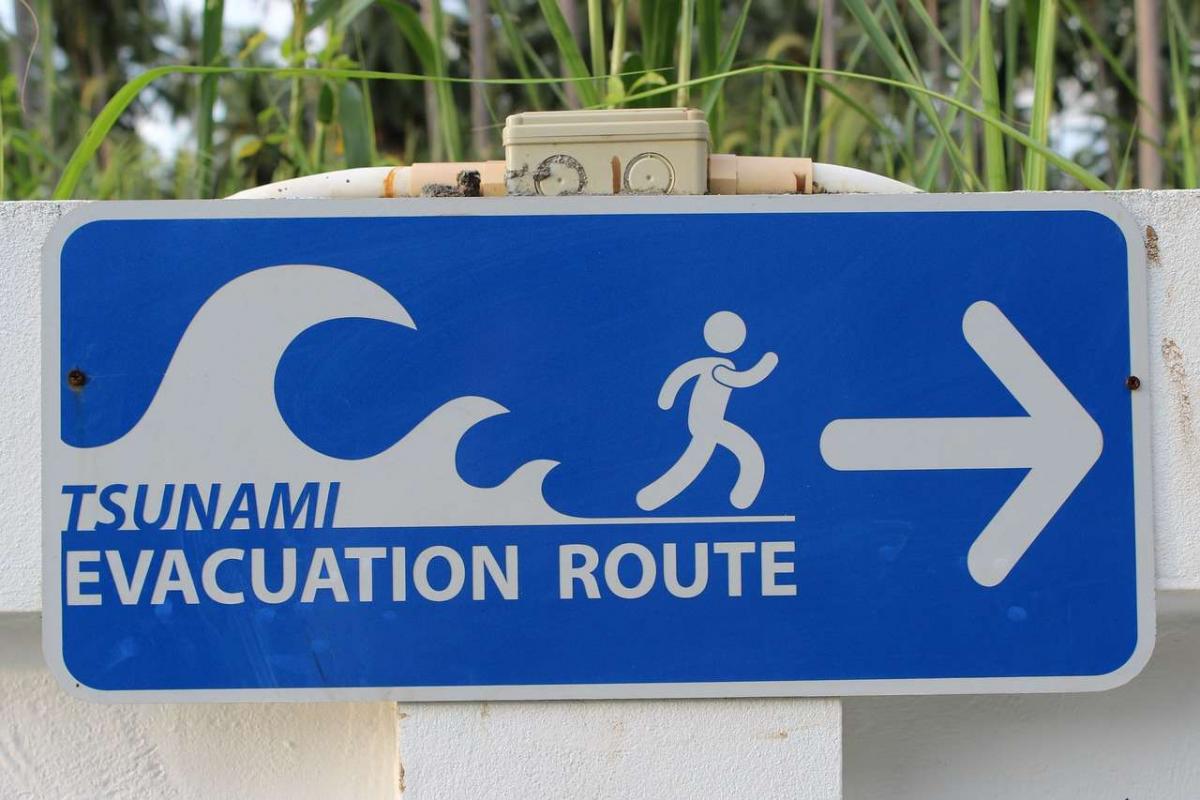I write these words soon after reading the news from Sundra Strait, Indonesia. In recent days, the eruption and collapse of a volcano there has set off a tsunami that in turn has devastated the coastal regions of Banten and Lampung, also in Indonesia. Much time may have to pass before authorities can be confident about the number of deaths and injuries that can be attributed to this event, but the early figures (281 dead, a little more than 1,000 injured) are sure to prove too low.
Shaken from this news, I’ve turned to a recent academic study on the quantitative study of catastrophes from The Geneva Association. TGA is the leading international think tank of the insurance industry and it follows, and to some extent advances, developments in catastrophe risk modeling. Its latest study on the subject begins with a foreword by TGA Secretary General Anna Maria D’Hulster, who says that “conditions are ripe for the next generation of [catastrophe] models.” In the meantime, though, there is a lot of room for the leveraging of the existing models. The insurance industry’s losses to natural catastrophes in 2017, particularly those to arguably climate-related catastrophes, were quite severe. D’Hulster observes for example that three big hurricanes, Harvey, Irma and Maria, resulted in combined insured losses of $92 billion, which is one half of one percent of the gross domestic product of the United States.
Leveraging the Existing Models
This report recommends six steps by means of which the existing cat models might be both “leveraged and enhanced.”
- The companies involved must work on the interoperability of their models;
- And “scale up [their] ambition for global coverage of natural peril models for every country”;
- Meanwhile, the models need extending to deal with business interruptions, model supply chains, etc.;
- Models need to be transparent and their limitations should be quantified, although TGA acknowledges that improvement in these respects may be limited by concerns over intellectual property;
- There should be improvements in the communication among model users, especially about outputs and uncertainties; and finally
- Companies should “agree on and develop a uniform international exposure data standard to enable transparency, comparability, and acceptance of results and allow for efficient use of cat models.”
How to Make a Model
Turning specifically to climate change, the report notes that experts have agreed at least since 2015 that there are three distinct sorts of risk that it poses: physical risk; liability risk; and transition risk. That particular dichotomy owes much to Mark Carney, Governor of the Bank of England, who outlined it in a speech at Lloyd’s of London three years ago. With regard to any one of these risks, there are five steps to be followed in the development of a proper model: modelers must decide first what questions they would like their model to answer; what perils it will cover; then they must define the stakeholders (such as users or data providers); and ask what expertise is needed and how the data can be sourced; and finally, modelers must ask themselves who will use the model, how will they interpret the outcomes and how will that feed into their decisions.
Agricultural Insurance
Regarding the third of those steps (stakeholders), the authors say that new stakeholders are coming on board. “Cat models are increasingly being applied,” they say, “to agricultural insurance, financial and capital markets, development planning and public sector disaster risk management applications.” Agricultural insurance brings us back to the proximity of climate change. There are now several probabilistic cat models for the agriculture insurance sector. But many of the issues that a comprehensive model ought to address, are as yet unaddressed. These include, the study says, “the seasonal variations of weather patterns, such as more frequent extreme variation particularly in the spring and fall, leading to earlier planting and later harvests.” In a sidebar, the report briefly indicates that what it is good is that there are wetlands around. It cites a study in 2016 that indicated that when storm Sandy hit the northeastern United States, the existence of temperate coastal wetlands saved more than $625 million in flood damages. Unfortunately, many wetlands have been lost in the northeast U.S., but where they remain, area residents and enterprises have good reason to be grateful for them and improved modeling will make it easier to make that case, even perhaps to science-deaf policy makers.




